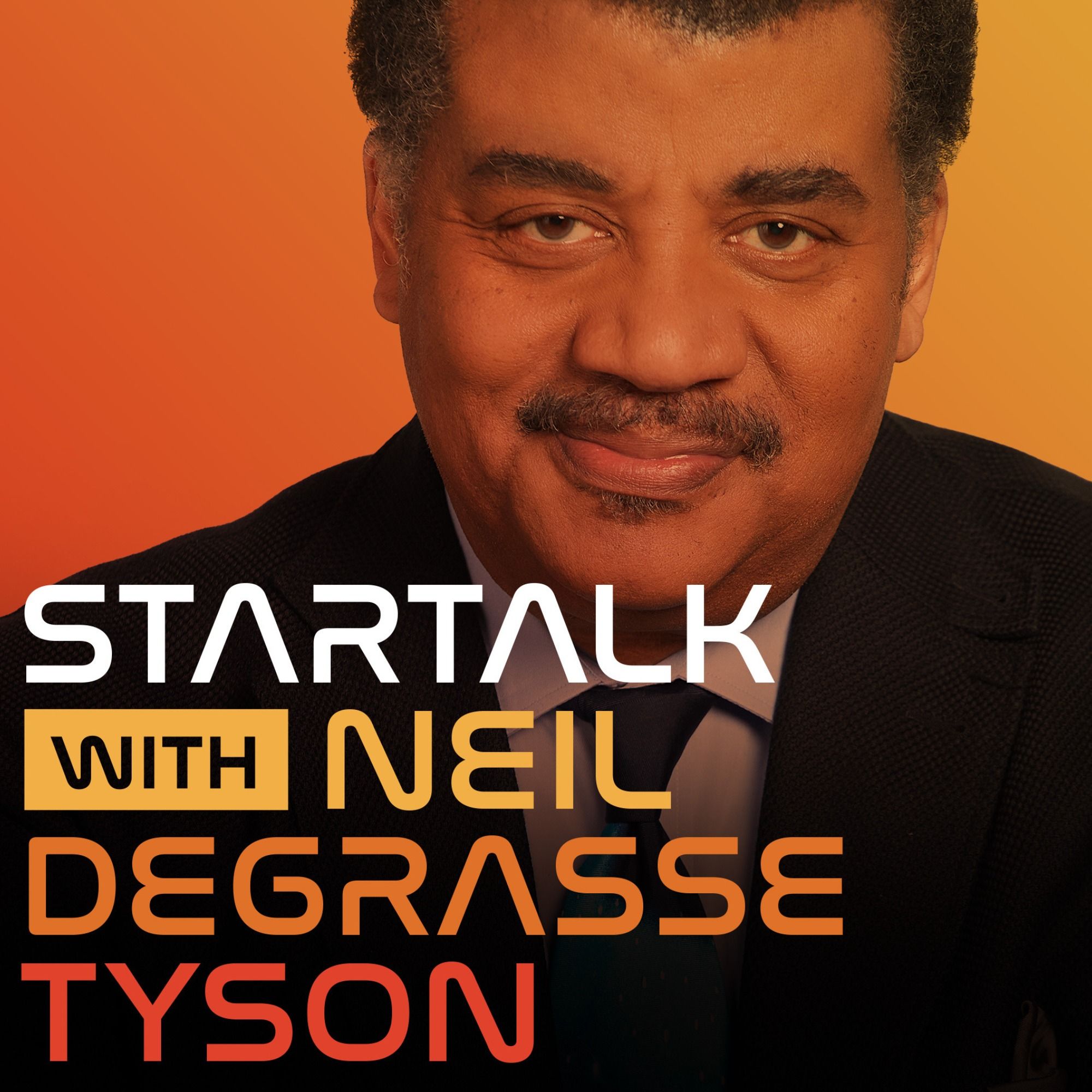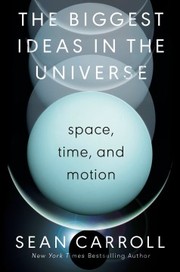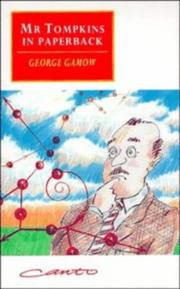📚 3 Books mentioned in "Neil deGrasse Tyson and Sean Carroll Discuss Controversies in Quantum Mechanics" of StarTalk Radio

Podcast: StarTalk Radio
Episode: Neil deGrasse Tyson and Sean Carroll Discuss Controversies in Quantum Mechanics
Published on July 23, 2024
Here’s a list of all the books mentioned in this episode. Click on the links to watch specific excerpts on YouTube and feel free to purchase the books if they caught your interest!

Biggest Ideas in the Universe
Buy Biggest Ideas in the Universe by Sean M. Carroll on Amazon
So if this is a trilogy, the first big ideas book was called Space-Time in Motion, which is like publishers speak for classical physics, regular ordinary armchair physics. Isaac Newton physics, yeah, Isaac Newton physics and Albert Einstein for that matter, he was the star. Isn't it funny at this point, Albert Einstein is the old physics, classical physics, now we're going quant and fields, two very big ideas.
Neil deGrasse Tyson refers to the first book in Sean Carroll's trilogy titled *Space-Time in Motion*. He clarifies that the current book, *The Biggest Ideas in the Universe*, is the second in the series and discusses the themes of classical physics, highlighting the transition from Isaac Newton's concepts to modern physics.

Mr. Tompkins in paperback
Buy Mr. Tompkins in paperback by George Gamow on Amazon
I'm reminded of the charming illustrated book series by George Gamow, Mr. Tompkins in Wonderland, or something, and what he would do is—he's a business, famous business is mid-20th century. Okay, lived only just died only 20 years ago or so, but he, yeah, George Gamow, he was one of the original predictors of the temperature of the universe. Yeah, if the universe began as a explosion with the big bang, could you measure that?
Neil deGrasse Tyson recalls the illustrated book series by George Gamow titled 'Mr. Tompkins in Wonderland.' He refers to it as a charming work that explores entertaining hypothetical scenarios related to physical constants, illustrating how such changes could have implications for our understanding of the universe and connecting it to quantum physics.

Night thoughts of a classical physicist
Buy Night thoughts of a classical physicist by Russell McCormmach on Amazon
One of my favorite stories is from the book 'Night Thoughts of a Classical Physicist.' Oh yeah, LS...oh no, that's not it, or maybe it's not; I'm misremembering. Either it was fiction or I remember it as a memoir from Ernest Rutherford, who first showed how empty the atom is by passing...was it neutrons or alpha particles?
Neil deGrasse Tyson briefly references the book 'Night Thoughts of a Classical Physicist,' while trying to provide a story about an experiment performed by Ernest Rutherford. The book mention is made in the context of discussing the structure of the atom.
